- Pine Cliff Resort
- Campgrounds & RV Parks
- New York
- Sullivan County
- Ferndale
- Campgrounds & RV Parks in Old White Lake Turnpike
- Honeycrest Bungalow Colony
Honeycrest Bungalow Colony Introduce
Honeycrest Bungalow Colony, while perhaps not operating as a traditional, commercially advertised "Campground & RV Park" in the modern sense, represents a significant historical and cultural aspect of the broader category of seasonal outdoor living, particularly within the context of the Catskills region of New York. "Bungalow colonies" were a unique form of summer accommodation, predominantly thriving from the mid-20th century, offering an alternative to hotels or rustic camping. They provided a communal summer experience for families, often featuring a cluster of small, independent rental cottages or "bungalows" with shared amenities. This introduction will describe Honeycrest Bungalow Colony based on its historical function and the general characteristics of such establishments, as understood from public information and historical accounts.
The environment of Honeycrest Bungalow Colony, typical of Catskills bungalow colonies, would have been characterized by a blend of natural setting and a close-knit community layout. These colonies were often situated in scenic, wooded or semi-wooded areas, providing a refreshing escape from urban heat. The bungalows themselves would have been modest, self-contained units, often simple wooden structures, arranged around communal spaces. The environment would have been designed to foster a sense of community and family interaction, with open areas for play, gathering, and socializing. Unlike sprawling, dispersed campsites, a bungalow colony had a more structured, village-like feel. Mature trees would have provided shade, and the natural landscape would have offered a serene backdrop for summer leisure. While individual bungalows offered private living quarters, the emphasis was on shared outdoor spaces and a collective experience, where children could roam freely and adults could relax together. The Catskills environment, with its fresh mountain air and scenic beauty, was an integral part of the appeal, providing a healthy and enjoyable setting for summer vacations.
The services offered at Honeycrest Bungalow Colony would have been distinct from those of a modern RV park or primitive campground, tailored to the specific needs of families on an extended summer stay. Each bungalow, while compact, typically featured an eat-in kitchen with basic appliances like a refrigerator and oven, allowing families to prepare their own meals, a significant departure from hotel stays. While some larger colonies might have offered a central dining hall, self-catering was a core aspect. Shared restroom and shower facilities might have been available in some older colonies, though many bungalows eventually featured private bathrooms. Laundry facilities, though potentially shared and limited (e.g., one washing machine for multiple bungalows), were a crucial service for families on longer stays. The "services" also extended to organized communal activities. Many colonies provided supervised recreational programs for children, allowing parents some free time. While not formal "concierge" services, the colony management would have overseen the general upkeep of the grounds and amenities, and served as a point of contact for residents. The provision of a secure and family-friendly environment was a key service, enabling parents to feel confident about their children's safety and engagement.
The features of Honeycrest Bungalow Colony would have been centered around communal recreation and fostering a vibrant social atmosphere. A quintessential feature of most bungalow colonies was a central swimming pool, serving as the hub of activity, especially for children. Beyond the pool, common features included playgrounds, sports courts (such as basketball, handball, or tennis), and open fields for games. A "casino" building, a common feature in these colonies, typically served as a recreation hall, hosting indoor activities, entertainment, and social gatherings. This might have included card games for adults, talent shows, dances, and even performances by local or visiting entertainers. The individual bungalows, while simple, would have offered porches or screened-in areas, providing semi-private outdoor spaces for relaxation. The close proximity of the bungalows often led to impromptu gatherings and a strong sense of neighborliness. While not luxurious, the bungalows provided essential shelter and a base for outdoor adventures. The communal facilities and the built-in social environment were the primary features that attracted families, creating a unique summer community experience that combined elements of traditional camping with more comfortable, albeit basic, accommodations.
From a promotional standpoint, Honeycrest Bungalow Colony, like other bungalow colonies, would have historically relied heavily on word-of-mouth and generational loyalty. Families would return year after year, often occupying the same bungalow, and recommending the experience to friends and relatives. This created a self-sustaining promotional cycle. Advertisements might have appeared in local newspapers or community publications, particularly those targeting urban populations seeking summer escapes. Pricing would have been seasonal, typically for the entire summer or extended periods, rather than nightly rates, reflecting the nature of the long-term rental. The "promotion" emphasized the opportunity for a wholesome, affordable, and social summer vacation away from the city. The decline of many bungalow colonies, including potentially Honeycrest, indicates a shift in vacation preferences, with modern travelers often seeking more extensive amenities or more secluded experiences. However, for those interested in the history of "Campgrounds & RV Parks" and a glimpse into a bygone era of communal summer living, the very concept of Honeycrest Bungalow Colony serves as its own compelling historical "promotion," highlighting a unique chapter in American leisure culture. While current operational status as a traditional rental colony might be limited, its legacy speaks to a time when simple pleasures and community connections defined the quintessential summer retreat.
Location
New YorkSullivan CountyFerndaleOld White Lake Turnpike
Customer Reviews
More Places to Explore Nearby
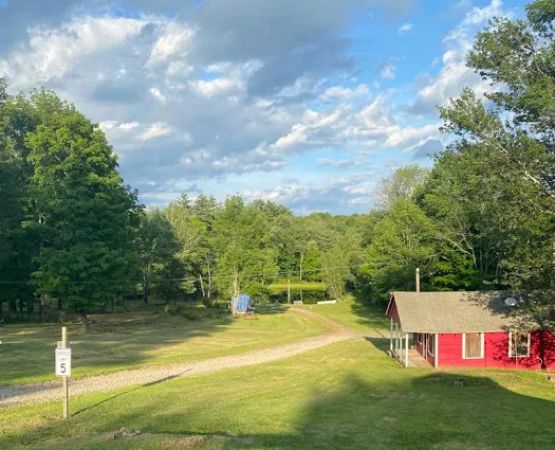
Swan lake Campground
102 Fulton Rd, Ferndale, NY 12734, USA
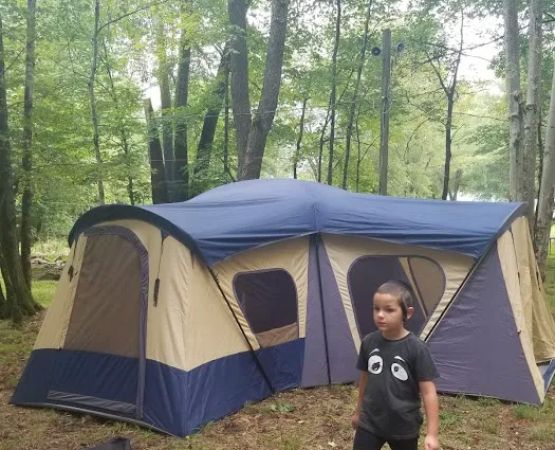
Swan Lake Camplands
106 Fulton Rd, Ferndale, NY 12734, USA
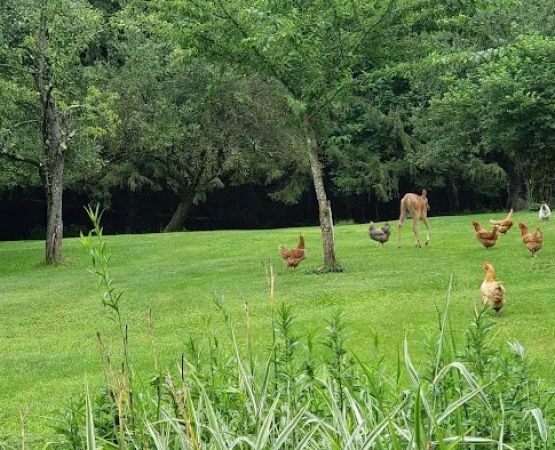
Empire Campgrounds - A Pictures is Worth a Thousand Words
186 Cohen and Cohen Rd, Swan Lake, NY 12783, USA
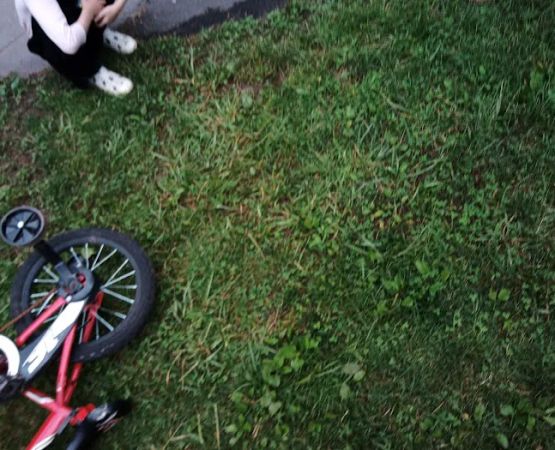
Appels Bungalow Colony
50 Old White Lake Turnpike, Swan Lake, NY 12783, USA
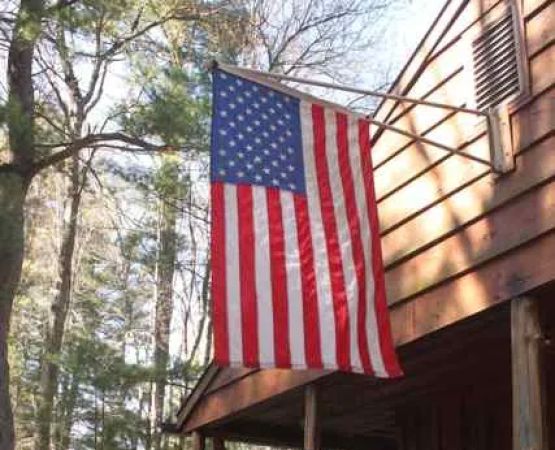
Happy Days Campground
454 Horseshoe Lake Rd, Swan Lake, NY 12783, USA
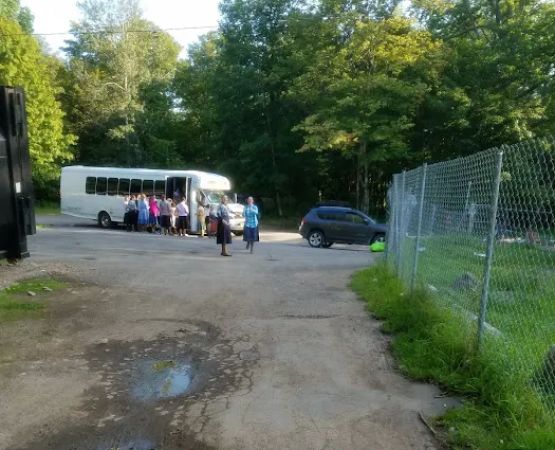
Camp Bnos Square
302 Harris Rd, Ferndale, NY 12734, USA
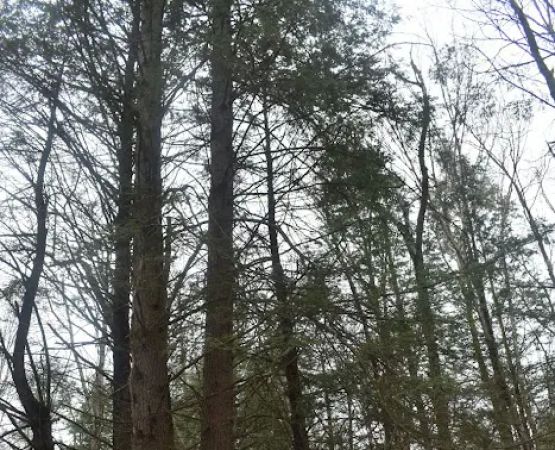
The Camp at Twin Creeks
Heinle Rd, Swan Lake, NY 12783, USA
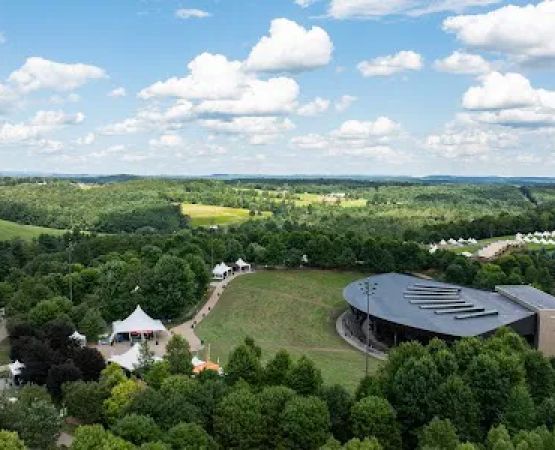
Bethel Woods Campground
100 Best Rd, Swan Lake, NY 12783, USA
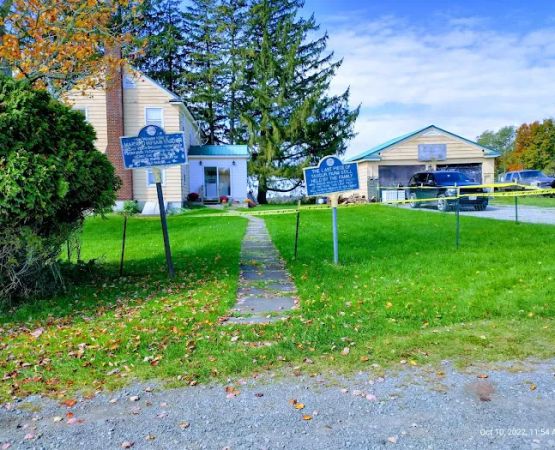
Yasgur Road
34 Yasgur Rd, Bethel, NY 12720, USA
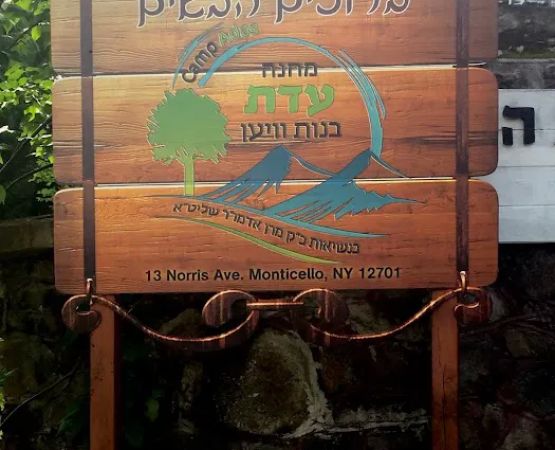
Camp Adas Bnos Vien
26 Norris Ave, Monticello, NY 12701, USA
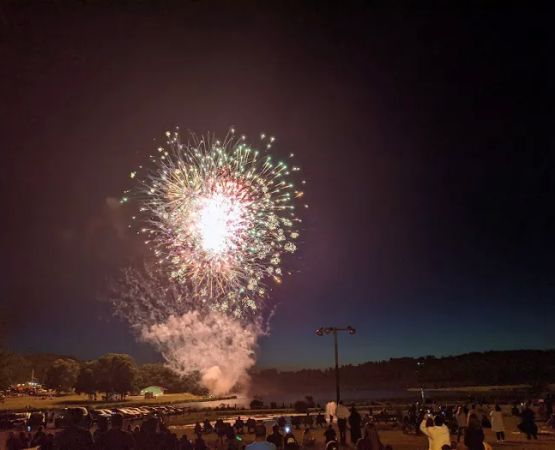
Morningside Park Campground
11 Morningside Pk Rd, Loch Sheldrake, NY 12759, USA
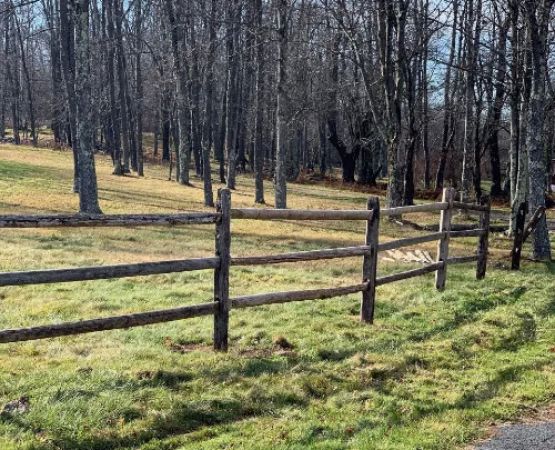
Namaste Catskills
129 Golub Hill Rd Ext, Livingston Manor, NY 12758, USA
Categories
Popular Campgrounds & RV Parks
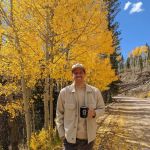 Three Creeks Trailhead (recgovnpsdata)0.0 (0 reviews)
Three Creeks Trailhead (recgovnpsdata)0.0 (0 reviews)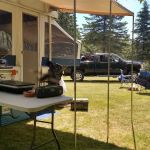 Clear Stream Campground4.0 (66 reviews)
Clear Stream Campground4.0 (66 reviews) Summertown Campground5.0 (7 reviews)
Summertown Campground5.0 (7 reviews)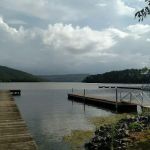 Eagle's Landing RV Resort4.0 (34 reviews)
Eagle's Landing RV Resort4.0 (34 reviews)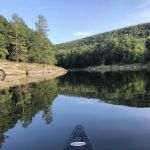 Sylvania Tree Farm4.0 (69 reviews)
Sylvania Tree Farm4.0 (69 reviews) Table Rock Oasis Campground5.0 (1 reviews)
Table Rock Oasis Campground5.0 (1 reviews)Must-Read Camping & Outdoor Blog Posts
Most Searched Japanese Restaurant Sites
Trending Camping & Outdoor Blog Posts
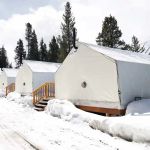 Winter Glamping Retreats in the U.S. You Didn’t Know About
Winter Glamping Retreats in the U.S. You Didn’t Know About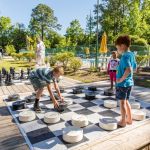 Best Family-Friendly Campgrounds with Playgrounds and Kids’ Activities
Best Family-Friendly Campgrounds with Playgrounds and Kids’ Activities Top Family-Friendly Resorts Near Outdoor Adventure Destinations
Top Family-Friendly Resorts Near Outdoor Adventure Destinations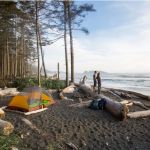 Top-Rated Campgrounds for Exploring National Forests
Top-Rated Campgrounds for Exploring National Forests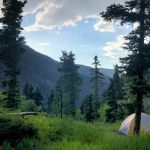 Top-Rated Camping Spots Near Scenic Trails: Explore the Best Outdoor Getaways
Top-Rated Camping Spots Near Scenic Trails: Explore the Best Outdoor Getaways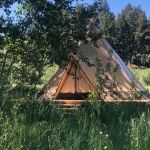 Affordable Luxury Camping Experiences at Top Resorts
Affordable Luxury Camping Experiences at Top Resorts 